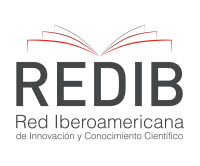Socrates and the Argumentation on the Mirror of the Literature
DOI:
https://doi.org/10.33975/disuq.vol1n1.98Keywords:
Philosophy, literature, Rhetoric, Epideictic, PanegyricAbstract
Since Greek/Latin ancient times there is a problem that persists even today. What is the statute that allows us to distinguish clearly the specificity of a text which has been written in order to reconstruct a context? Is it historical, philosophical or literary? The necessity to introduce one of the most emblematic philosophers, Socrates, to new generations created a challenge difficult to overcome. Socrates left neither a written work nor a specific theory stated; however he set up an example as thinker and with his life style, which inspired people who met him to reconstruct this difficult aspect vividly. Plato as well as Xenophon, Antisthenes and Aeschines, the most recognized biographers of Socrates, had to record in history this genius philosopher. According to Werner Jaeger's annotations, in the age of these philosophers it was common to use the so called stylistic form Enkonion or Elkonion when doing a written portrait of an important person. It consisted of a sort of panegyric that Aristotle in his Rhetoric classified as belonging to the epideictic argumentation gender. On the analysis of this generic discourse we can observer the problematical. For example, in Plato's dialogues whose main personage is Socrates, it is situated half-way in between what we know today as philosophy and literature, even if in that age such a distinction was not stated. Analyzing the structure of the various introductions that the philosopher makes, we can clearly see that the problem confronted by the biographers was a rhetorical one that is the base what fundament the discourse philosophy and the literature.















